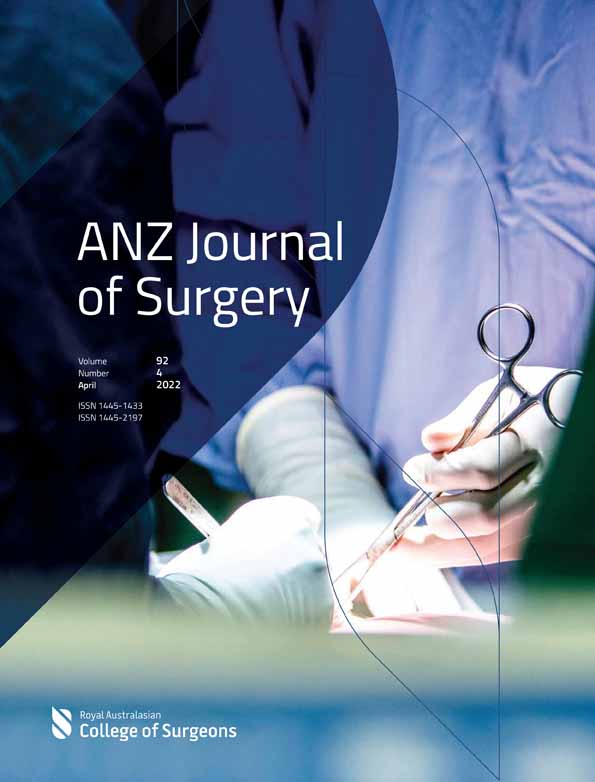PCR-based quantitative detection of intraperitoneal free cancer cells for predicting locoregional recurrence after rectal cancer resection
Abstract
Introduction
Locoregional recurrence after curative resection remains an important issue in the treatment of colorectal cancer (CRC). The aim of the present study was to investigate the clinical significance of quantitative detection of intraperitoneal free cancer cells by a PCR-based method for predicting locoregional recurrence after CRC resection.
Method
A total of 114 patients with CRC were enrolled between March 2017 and December 2018, and 95 patients with Stage I–III CRC were analyzed. Peritoneal lavage fluid was collected before and after tumour resection and subjected to cytology and quantitative reverse transcription-PCR (qRT-PCR) with carcinoembryonic antigen (CEA) as a genetic marker.
Results
2.1% of patients had positive cytology after resection, whereas 9.5% had positive CEA qRT-PCR (PCR+) after resection. Eight of nine PCR+ patients after resection had tumours in the rectum. Fifteen (15.8%) patients developed recurrence during the follow-up period, including three with locoregional recurrence. One of 86 (1.2%) PCR− patients and 2 of 9 (22.2%) PCR+ patients after resection developed locoregional recurrence. Overall and in rectal cancer patients, the 3-year cumulative risk of locoregional recurrence was 25.0% and 28.6% for PCR+ patients, which is significantly higher than PCR- patients (1.3% and 0%, P < 0.001 and P = 0.001, respectively).
Conclusion
Intraperitoneal free cancer cells can serve as a sensitive predictor of locoregional recurrence after rectal cancer resection. qRT-PCR for CEA can be a suitable method for detecting intraperitoneal free cancer cells in peritoneal lavage fluid.
Conflict of interest
None declared




